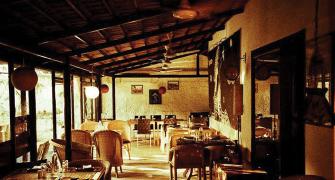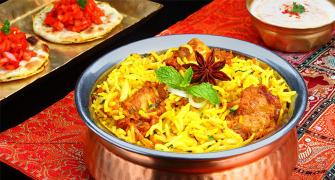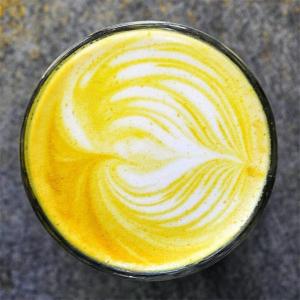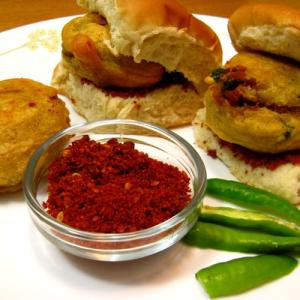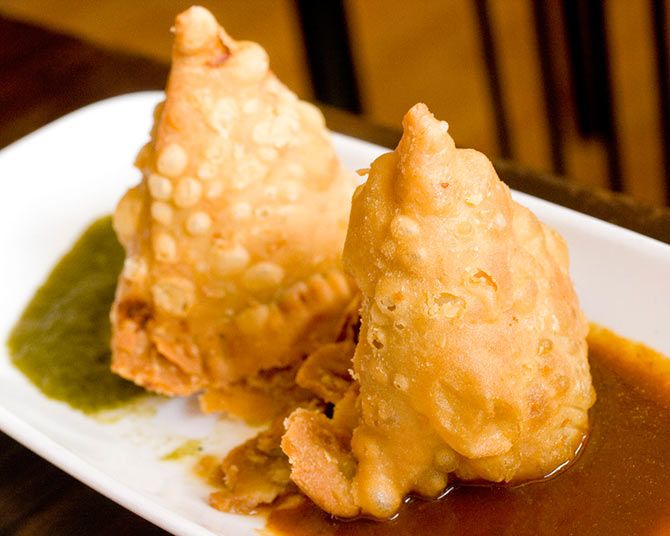 Did you know that samosas, idlis and coffee were not originally from India?
Did you know that samosas, idlis and coffee were not originally from India?
Brush up your history and read on about the origins of some our tastiest foods.
Presenting seven foods believed to be from India, but aren't:
1. Pao
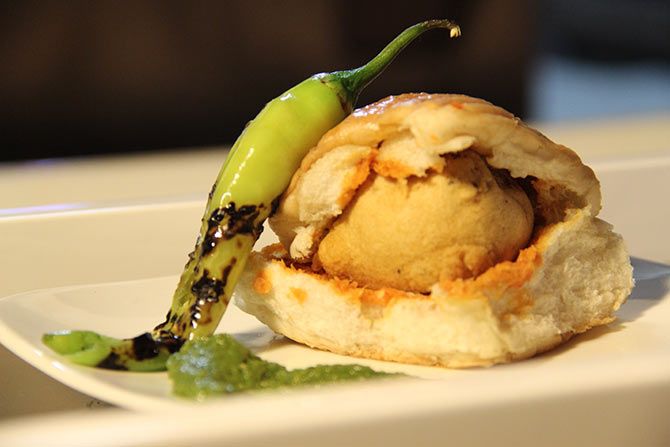
Photograph: Rutvi Mistry/Wikimedia Commons
In several parts of India, people start their day with a pav or a fluffy kind of Indian bread bun for breakfast. Bakeries take pride in offering the perfect pav.
You have to thank the Portuguese for your daily bread.
The first Portuguese sailor to land in India was Vasco Da Gama at Calicut, Kerala.
They soon conquered Goa, and Mumbai too.
The Portuguese ate pao or pav for breakfast.
Since then pao/pav was added to our vocabulary and it is a staple food for some of us.
2. Idli
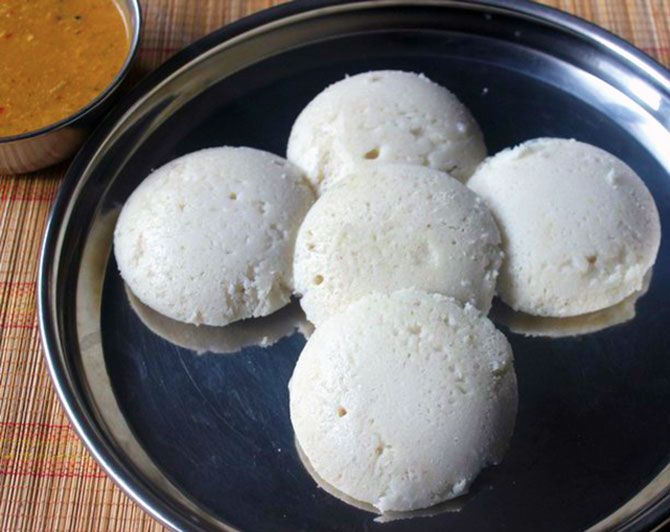
We would love to believe that idlis first came from Tamil Nadu. But food historians differ.
Idlis, they say, came from far off Indonesia.
From Indonesia the idli ventured to India.
Some food historians disagree. They contend that the idli arrived with Arab traders who landed in South India.
The Arabs, according to them, made meat balls of rice and flattened them. That was the first version of the idli.
3. Biryani
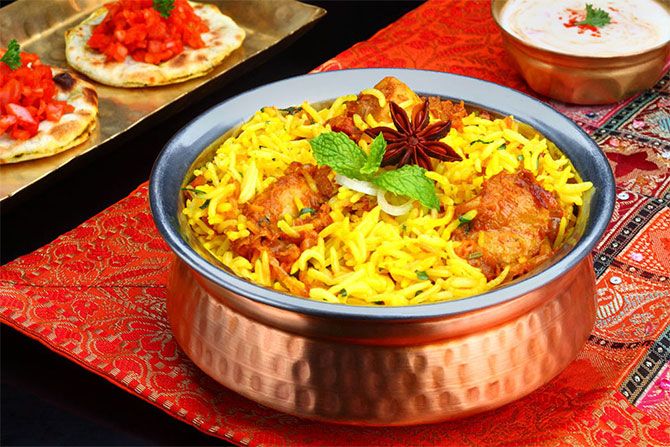
Photograph: Kind courtesy Zaffran
Indians love their Hyderabadi, Lucknowi and Dindigul biryanis.
Historians say the dish originated either in central Asia or Persia.
In Persian 'biryan' means 'to fry or roast'.
4. Coffee
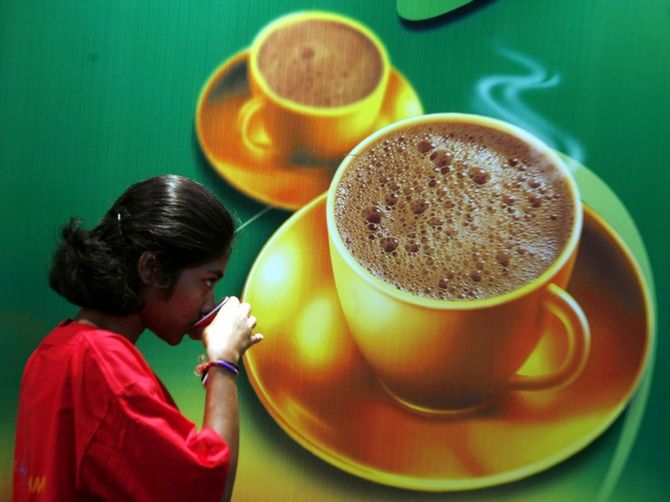
Jagadeesh Nv/Reuters
The word coffee belongs to Kaffa, Ethiopia.
In Europe, coffee was introduced by Marco d'Aviano, a wandering preacher of the Capuchin monastic order.
In 1683, on the eve of Battle of Vienna, Marco was credited with uniting Catholics and Protestants to fight against the Muslim Ottoman Empire. When the Ottomans lost the battle, they left behind bags full of coffee in their camps.
Coffee was too strong for Europeans. So they mixed milk and honey in it and had it.
The drink was brown like Capuchin robes. The people of Vienna named it 'cappuccino'.
Later, coffee travelled from Ethiopia to Arab lands and became a favourite drink of Arabs.
In India, coffee was introduced by Baba Budan of Karnataka.
Budan apparently smuggled some coffee beans from Yemen's Mocha island while returning from Haj.
He planted them on the hills of Karnataka. And the rest is history.
5. Samosa

Photograph: Jessica and Lon Binder/Flickr.com
The word samosa is derived from the Persian word 'sanbosag'.
Amir Khusrow, sufi musician, poet and father of Qawali music, first mentioned samosa as an eatable and he lived during the days of the Delhi sultanate.
Then samosas were filled with meat.
Over the centuries, the meat in samosas was often replaced with potatoes by Indians.
By the way potatoes too aren't from India.
6. Potato

Photograph: Reuters
Ask any Mumbaikar what he calls the potato.
Batata. Not aloo.
In Portuguese, batata means potato.
Batata, like pao, was introduced by Portuguese in western India. By the British in Bengal. And by Moldovian priests in Ladakh.
The tuber is originally from Peru. Spaniards brought it to Europe and European mariners spread it about the world.
Today, potato is such a popular ingredient in Indian cuisine it's hard to believe it's not originally Indian.
7. Chillies

Photograph: Babu/Reuters
Just like potatoes, chillies too were introduced by Portuguese.
It was not the Portuguese who found the ingredient first.
Spanish sailors discovered chillies in Mexico.
From Spain, chillies spread to other parts of Europe and that's how the Portuguese learned of its flavour.
When Portuguese landed in India, they brought chillies in their baggage, along with batata and pao.

